Ideas to soften concrete walkways?
lisa33
14 years ago
Related Stories
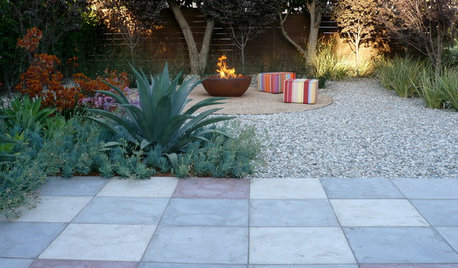
MATERIALSPrecast Concrete Pavers Make a Versatile Surface in the Garden
You can use concrete pavers in a variety of shapes and colors for your patio, walkway, driveway and more
Full Story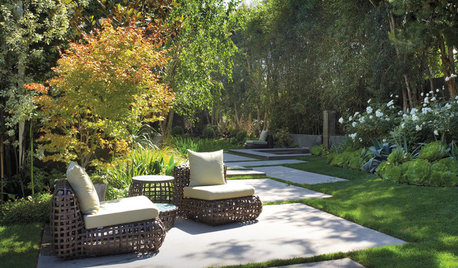
PATIOSLandscape Paving 101: Cast-in-Place Concrete
A construction standard, cast-in-place concrete can be used for a wide variety of project types
Full Story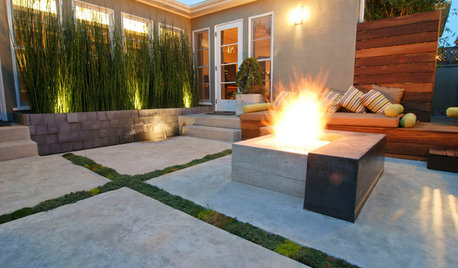
GREAT HOME PROJECTSHow to Tear Down That Concrete Patio
Clear the path for plantings or a more modern patio design by demolishing all or part of the concrete in your yard
Full Story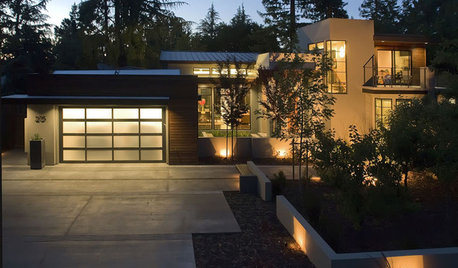
REMODELING GUIDESConcrete Driveways: Poring Over the Pros and Cons
Concrete adds smooth polish to driveways and a sleek look to home exteriors, but here are the points to ponder before you re-surface
Full Story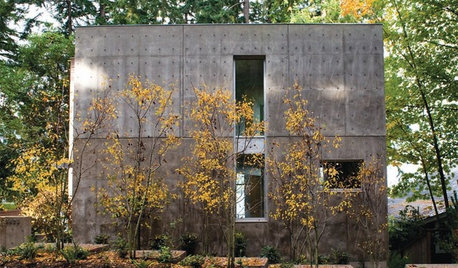
REMODELING GUIDESMaterial Choices: High Marks for Reinforced Concrete
Try poured-in-place construction for a wonderfully tactile, industrial look
Full Story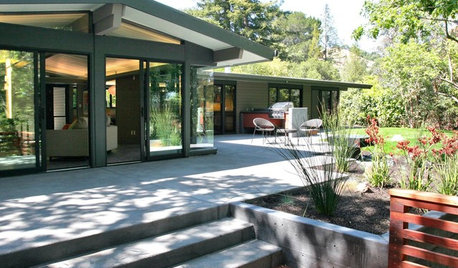
LANDSCAPE DESIGN5 Ways to Make Your Concrete Patio More Attractive
These design ideas can liven up your paved outdoor space
Full Story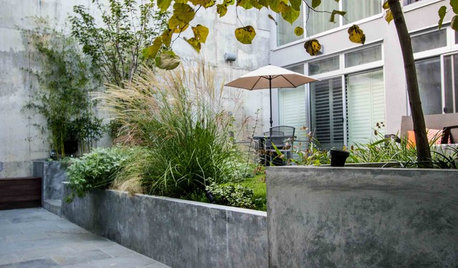
URBAN GARDENSFrom Concrete ‘Jail Yard’ to Lush Escape in Brooklyn
Once stark and uninviting, this urban backyard is now a welcoming retreat for relaxing and entertaining
Full Story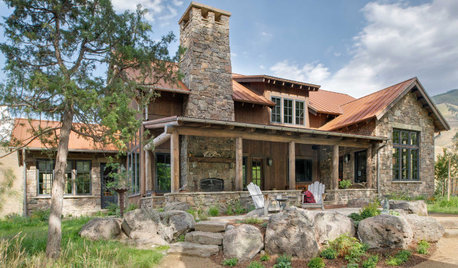
LANDSCAPE DESIGNHow to Make Your Stone House Feel at Home in the Landscape
The right gate, walkway, garden furniture and, of course, plantings can help make the connection
Full Story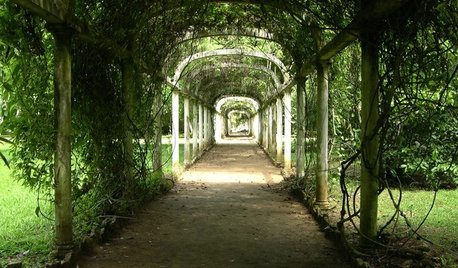
GARDENING AND LANDSCAPINGCreate Nests: Treat Yourself to a Protected Walkway
Turn a garden path into an exploration of inviting nooks and beautiful views
Full Story
CONCRETEWhy Concrete Wants to Crack
We look at the reasons concrete has a tendency to crack — and what you can do to help control it
Full Story





midnightsmum (Z4, ON)
Lilyfinch z9a Murrieta Ca
Related Professionals
Accokeek Landscape Architects & Landscape Designers · Montgomeryville Landscape Architects & Landscape Designers · Roxbury Crossing Landscape Architects & Landscape Designers · Brentwood Landscape Contractors · Matthews Landscape Contractors · Anderson Landscape Contractors · Maywood Landscape Contractors · West Orange Landscape Contractors · Lauderdale Lakes Landscape Contractors · North Aurora Landscape Contractors · California Roofing & Gutters · Agoura Siding & Exteriors · Paterson Siding & Exteriors · Poway Siding & Exteriors · Simpsonville Siding & Exteriorscyn427 (z. 7, N. VA)
ianna
lisa33Original Author
christinmk z5b eastern WA
hosenemesis
chouchou_gw
minnesuing
jakkom
girlgroupgirl
ianna
gldno1
nckvilledudes
louisianagal
jakkom
jakkom
nckvilledudes
jakkom
lisa33Original Author
jakkom
jakkom
lisa33Original Author
ianna